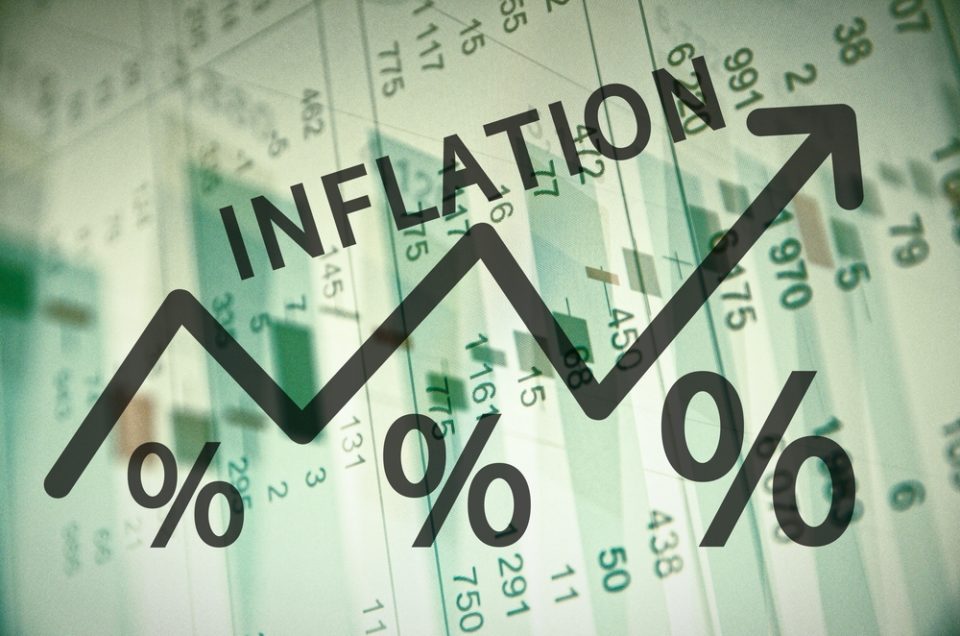
Inflation Falls Slightly, Production Costs Remain High – NBS
The National Bureau of Statistics report has indicated that Nigeria’s headline inflation fell from 21.47 per cent in November 2022 to 21.34 per cent in December 2022.
In 2022, the country’s inflation rate rose from January to November, before falling by 0.13 per cent to 21.34 per cent in December.
The NBS explained that while headline inflation fell year-on-year, it increased from 1.39 per cent in November 2022 to 1.71 per cent in December 2023.
The statistics body consistently blamed the nation’s woe with inflation in 2022 on the rising cost of importation, currency depreciation, increases in the cost of production, and a foreign exchange crisis.
Also Read: Terror Attacks, Rising Debts Threaten Nigeria’s Growth – WEF
Commenting on the increase in month-on-month inflation, it said, “Basically, the likely factors responsible for increase in inflation rate in month-on-month can be attributed to the sharp increase in demand usually experienced during the festive season, increase in the cost of production e.g. increase in energy cost, transportation cost, exchange rate depreciation etc.”
Headline inflation in Nigeria rose from 15.60 per cent in January 2022 to 21.34 per cent in December 2022. In its ‘Consumer Price Index (December 2022),’ the NBS said, “In December 2022, the headline inflation rate eased to 21.34 per cent compared to November 2022 headline inflation rate which was 21.47 per cent.
“Looking at the trend, December 2022 inflation rate showed a decline of 0.13 per cent when compared to November 2022 inflation rate. However, on a year-on-year basis, the headline inflation rate was 5.72 per cent points higher compared to the rate recorded in December 2021, which was (15.63 per cent).
“This shows that the headline inflation rate increased in the month of December 2022 when compared to the same month in the preceding year (i.e., December 2021). On a month-on-month basis, the percentage change in the All Items Index in December 2022 was 1.71 per cent, which was 0.32 per cent higher than the rate recorded in November 2022 (1.39 per cent).
“This means that in the month of December 2022, the general price level was 0.32 per cent higher relative to November 2022. The percentage change in the average CPI for the twelve months ending December 2022 over the average of the CPI for the previous twelve months period was 18.85 per cent, showing 1.89 per cent increase compared to the 16.95 per cent recorded in December 2021.”
According to the NBS, food inflation rose to 23.75 per cent year-on-year in December 2022, 6.38 per cent higher than the rate recorded in December 2021 (17.37 per cent).
It explained that the rise in food inflation was driven by increases in prices of bread and cereals, oil and fat, pota-toes, yam and other tubers, fish, and food product. Inflation was highest in Bauchi (23.79 per cent), Kogi (23.35 per cent), Anambra (23.13 per cent), and lowest in Taraba (18.98 per cent), Osun (19.09 per cent), and Kwara (19.18 per cent).
Nigeria has been ravaged by rising inflation in recent times. Recently, the World Bank disclosed that the country is in a worsening situation, with economic performance becoming weaker as inflation persists.
According to the World Bank Lead Economist for Nigeria, Alex Sienaert, the Nigerian minimum wage, which was worth N30,000 in 2019, could be valued at N19,355 in 2022 because of inflation. He explained that inflation between 2019 and 2022 was 55 per cent.
The global bank, while announcing its December 2022 update, announced that five million Nigerians fell into poverty between January and October 2022.
It said, “As many as five million Nigerians have been pushed into poverty as a result of inflation in 2022. The World Bank estimates that between 2020 and 2021, inflation pushed about eight million more Nigerians below the poverty line, increasing the total number of poor people to about 90 million.
“Higher inflation in 2022 is estimated to have pushed an additional five million Nigerians into poverty between January and September 2022, mainly through higher prices of local staples, such as rice, bread, yam, and wheat, especially in non-rural areas.”
